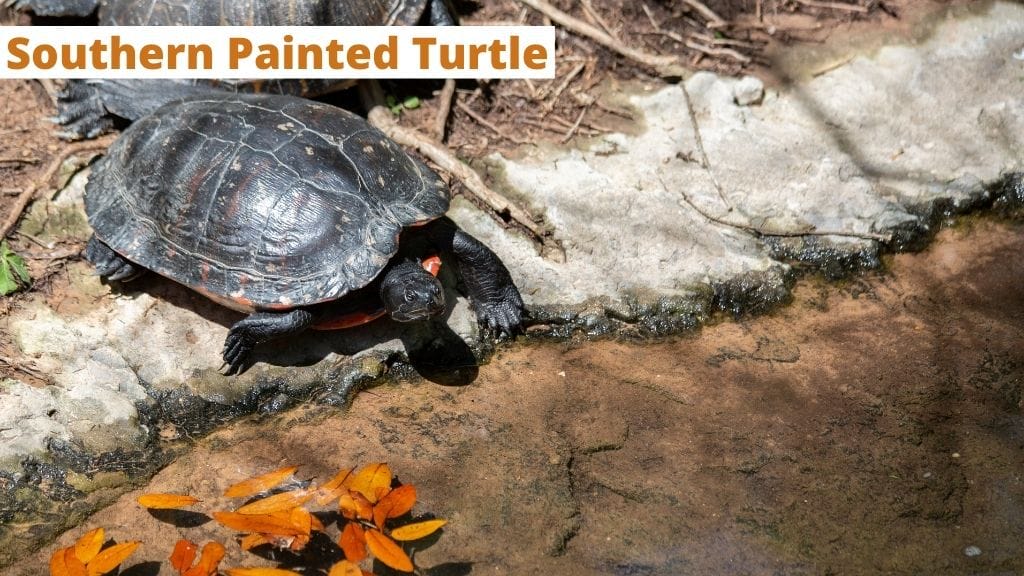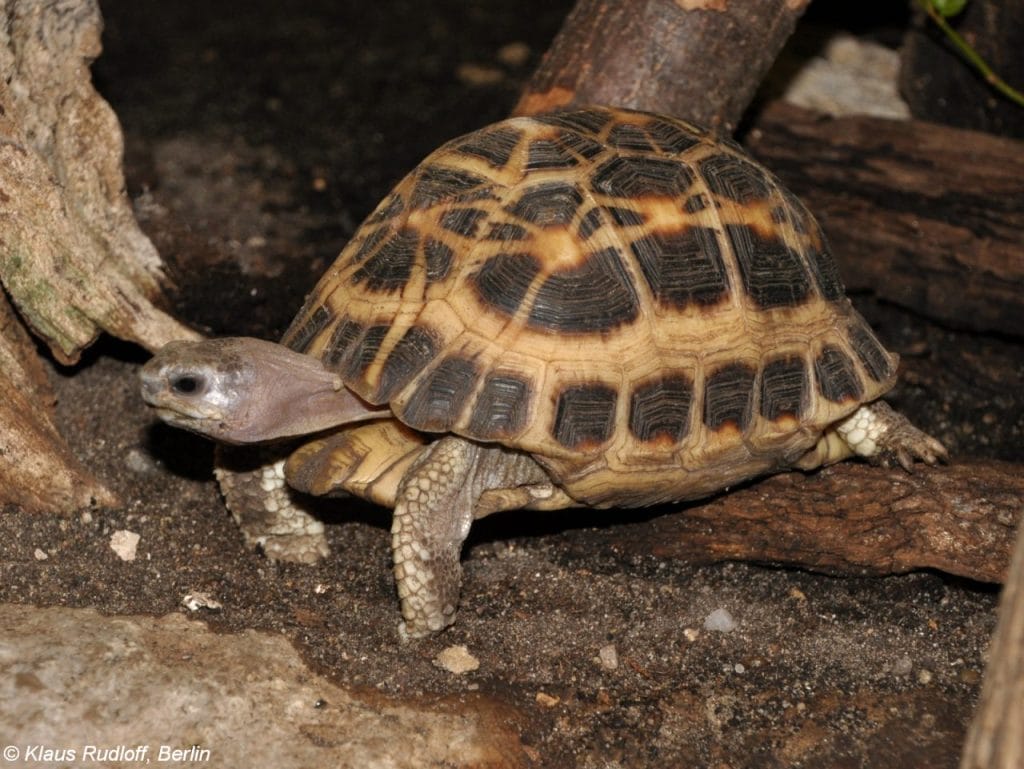Chrysemys dorsalis (Southern Painted Turtle)
Home > Turtle Database > Chrysemys dorsalis (Southern Painted Turtle)
The Chrysemys dorsalis, often known as the Southern Painted Turtle, is distinguished by its vibrant markings and relatively small size. This species is a subspecies of the Painted Turtle, characterized by its decorative shell and basking habits.
Native Turtle Species Map – Find Turtles by Region
Scientific Classification
- Kingdom: Animalia
- Phylum: Chordata
- Class: Reptilia
- Order: Testudines
- Family: Emydidae
- Genus: Chrysemys
- Species: C. dorsalis
Common Names
Southern Painted Turtle
This Hilarious Turtle Book Might Know Your Pet Better Than You Do
Let’s be real—most turtle care guides feel like reading a textbook written by a sleep-deprived zookeeper.
This one’s not that.
Told from the snarky point of view of a grumpy, judgmental turtle, 21 Turtle Truths You’ll Never Read in a Care Guide is packed with sarcasm, sass, and surprisingly useful insights.
And hey—you don’t have to commit to the whole thing just yet.
Grab 2 free truths from the ebook and get a taste of what your turtle really thinks about your setup, your food choices, and that weird plastic palm tree.
It’s funny, it’s honest, and if you’ve ever owned a turtle who glares at you like you’re the problem—you’ll feel seen.
Identification
- Description: The Southern Painted Turtle typically features a smooth carapace with a central, colorful dorsal stripe ranging from yellow to red. It has olive to dark green skin with yellow stripes on the limbs and head.
- Sexual Dimorphism: Females are generally larger than males, with a more rounded carapace, while males have longer foreclaws and a concave plastron.
Check more turtles from the Chrysemys genus
Native Origin and Distribution
- Geographical Range: This turtle is native to the southeastern regions of the United States, predominantly found along the Mississippi River and its tributaries.
Preferred Habitat
Southern Painted Turtles favor slow-moving freshwater environments, such as ponds, marshes, and quiet rivers with abundant vegetation.
Behavior
- Feeding Habits: They are omnivorous, primarily consuming aquatic vegetation, insects, and small fish.
- Predators: Common predators include raccoons, birds, and snakes.
Reproduction
- Breeding Season: Breeding occurs from March to June.
- Reproductive Method: Females lay clutches of 4 to 10 eggs on sunny riverbanks or sandy areas, which hatch in about 10 weeks.
Conservation
- Extinction Status: Not currently endangered, but populations are monitored due to habitat loss.
- Threats: Habitat destruction and pollution are the primary threats.
- Conservation Measures: Conservation efforts include habitat restoration and protection laws.
Economic Importance
Southern Painted Turtles contribute to local biodiversity and can be an attraction for eco-tourism and educational purposes.
Interesting Facts
Despite their small size, Southern Painted Turtles can live up to 50 years in the wild.
Research Studies
For an in-depth study on the Southern Painted Turtle, you can refer to the following research paper: Intergradation between the Painted Turtles Chrysemys picta picta and Chrysemys picta dorsalis

About Author
Muntaseer Rahman started keeping pet turtles back in 2013. He also owns the largest Turtle & Tortoise Facebook community in Bangladesh. These days he is mostly active on Facebook.













